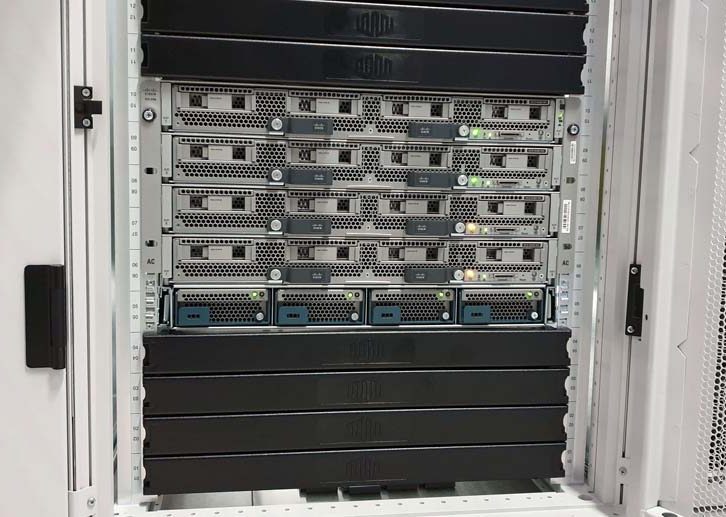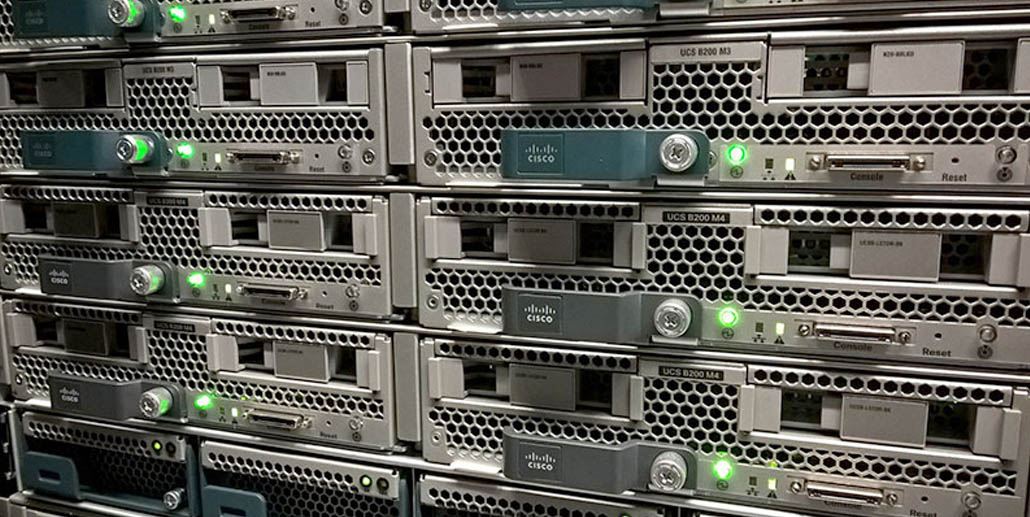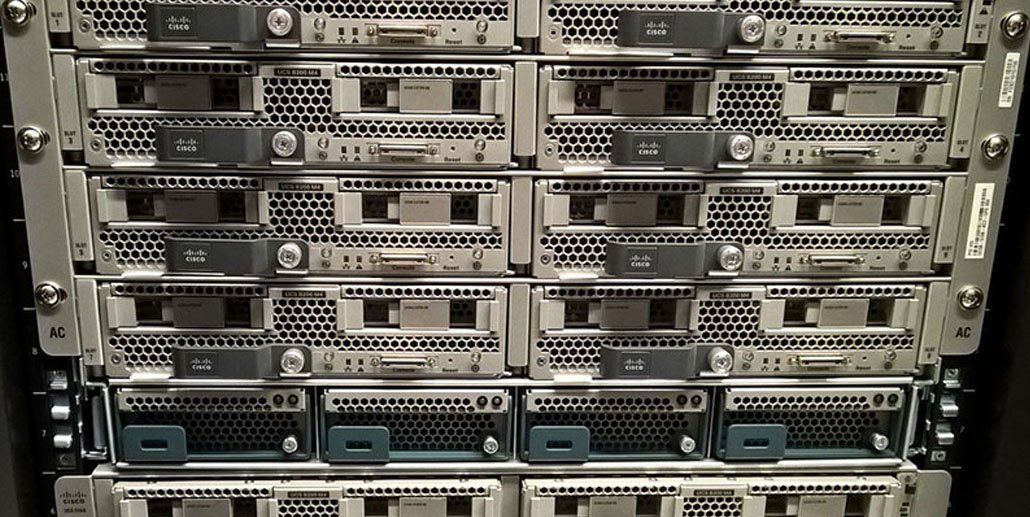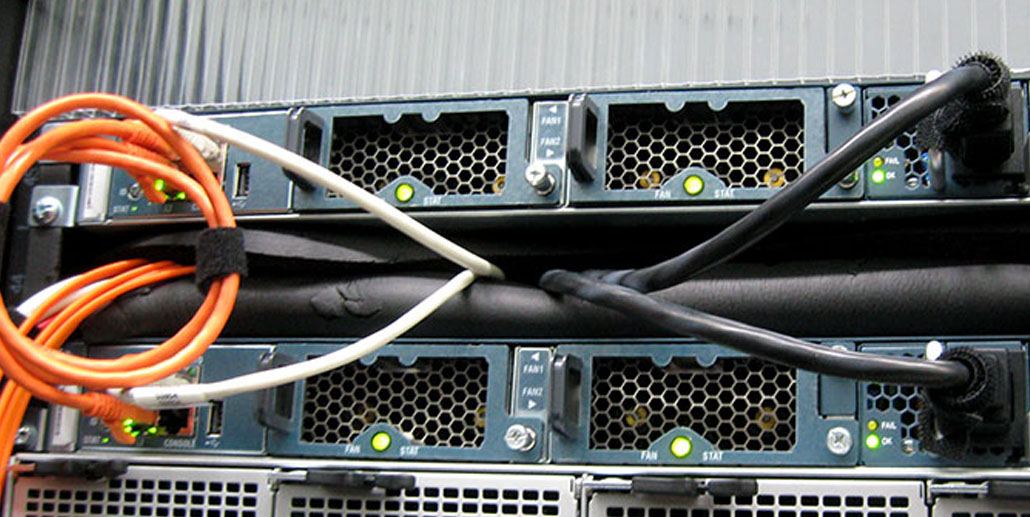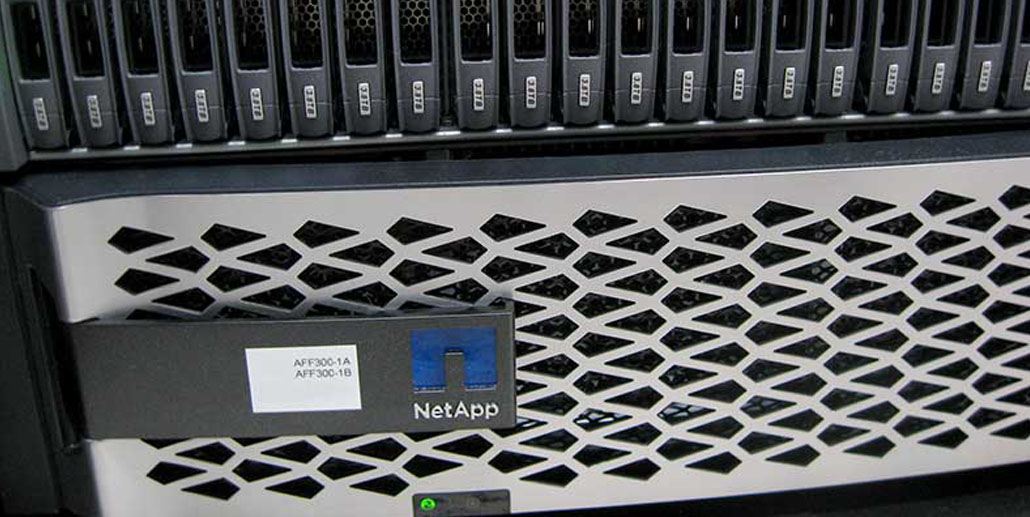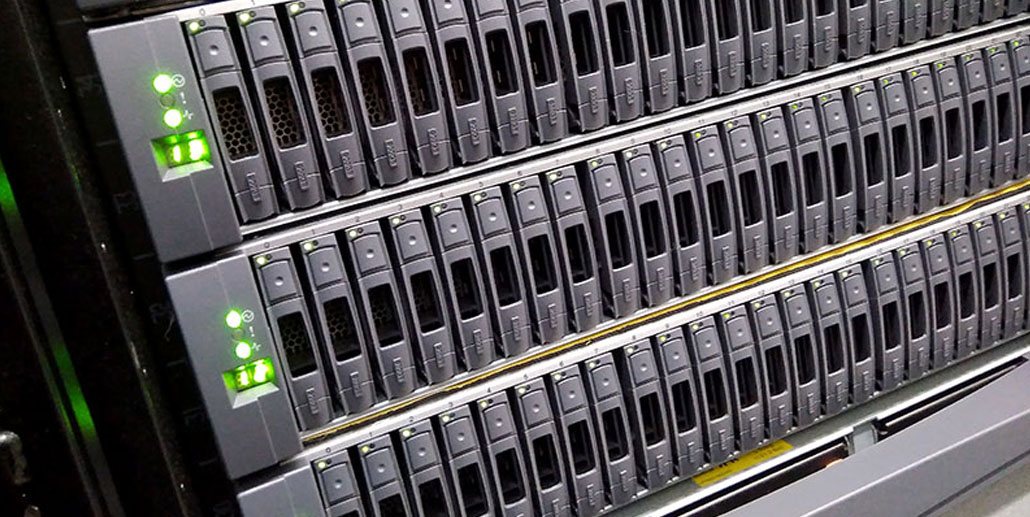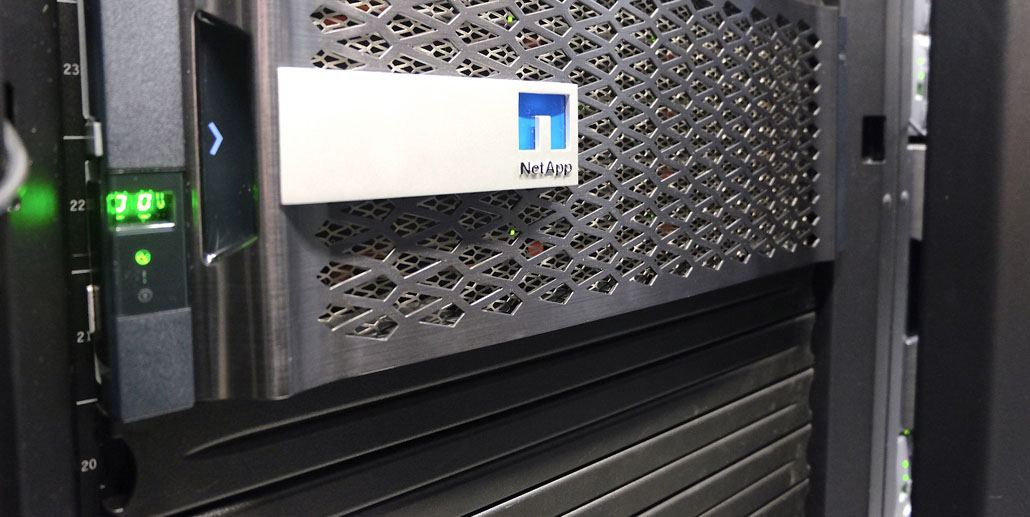SuperMicro Rack Servers
The vStack-based cloud infrastructure is deployed on 2U SuperMicro Rack servers equipped with
- Intel Xeon Gold processors;
- DDR4 RAM;
- SSD-drives from Intel and Kingston.
SuperMicro specializes in the development and selling server solutions. The company is known for its energy-efficient and innovative technologies, as well as high reliability and high performance of its products.
Cisco Blade Servers
The VMware-based cloud infrastructure is deployed on Cisco UCS B200 M5 blade servers equipped with
- Intel Xeon Gold processors;
- DDR4 RAM.
Cisco UCS Series servers are housed in an intermediate casing called the “chassis”. Each chassis contains 4 power supplies that back up each other, 8 cooling system modules, and 2 Fabric Extender modules to provide communication with the switches. Each component supports a hot-swap feature.
Cisco UCS is considered one of the best platforms for building cloud environments. It has a single system for managing hardware components, automatic recognition of added "blades" and an advanced software API.
NetApp Data Storage Systems
High-performance NetApp AFF A300 disk arrays with fast solid-state drives (SSDs) deliver the disk space for virtual machines.
A300 storage system with Intel Broadwell DE multi-core processors use high-performance RAM and non-volatile NVRAM and provide an availability level of 99.999% or higher.
Data, available on a disk array, is stored and backed up using three physical hard drives, which are located at the maximum distance from each other. This ensures the maximum safety of your data.
For backup and long-term data storage, we use Netapp E2860 disk arrays built on hard drives with NLSAS interface.
Network connectivity and equipment
Redundant high-performance Cisco ASR 9001 routers are linked with internal switchboards, Cisco Nexus 93180, at the network edge of each site to avoid a single point failure.
We use Cisco Fabric Interconnect switchboards to connect the Cisco UCS chassis to the network switches. It ensures rapid switching at high speeds with no packet loss and with extremely low latency.
Models we use:
- Cisco UCS 6332UP Fabric Interconnect 40 Gbit/s;
- Cisco UCS 6454 Fabric Interconnect up to 100 Gbit/s.
Internet access is provided by connecting two separate providers to two uplink ports, via different physical routes. The routers continuously monitor the availability status of one another. If one of them goes down, the entire traffic processing load is transferred to the other router to establish a persistent link between the cloud and the Internet.
